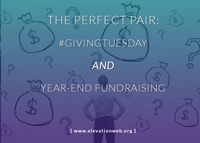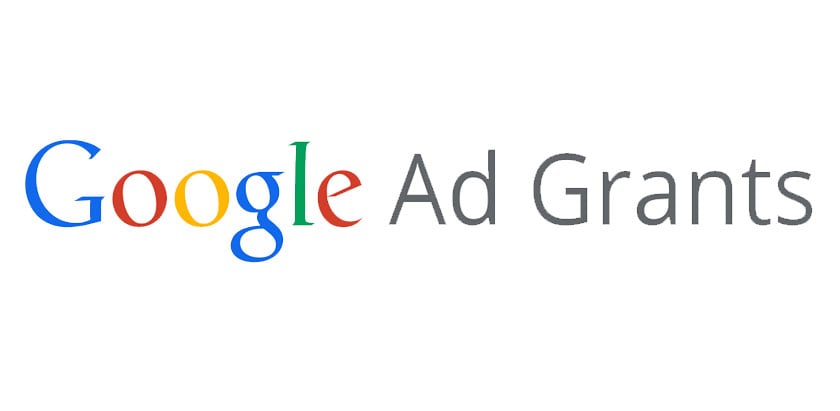You may have heard about Google’s 2021 update in August, but might not have all the details on what it entails or how it will affect nonprofits. With this algorithm update, Google aims to make Core Web Vitals a far bigger deal. In other words, Google will formally roll out “page experience” as an essential part of their new SEO ranking.
While Google announced their plans in May 2020, the roll out didn’t begin until June 2021 and only in August did it come fully into effect. More than a month in, some nonprofit websites might be seeing their website traffic beginning to drop off.
Research conducted in this time has revealed that 2 out of every 3 nonprofit websites are unprepared for the ‘Core Web Vitals’ update. Yet digital benchmark research shows that web traffic to nonprofit sites from mobile devices continues to rise. Consequently, charity websites could lose a significant source of traffic due to Google’s latest update. Optimizing for Core Web Vitals has to be a priority for charities to maintain high numbers of site visitors. Read on to learn next steps.
What are Core Web Vitals (CWV)?
Core Web Vitals are the metrics used to measure load time and the usability of a webpage. They represent the quality of user experience for visitors to your site. Page experience is the amalgamation of factors contributing to user experience on a single web page or post. It includes mobile-friendliness, intrusive interstitials, security issues, and ad experience, or at least those are the current factors that influence ranking. Each of these factors is essential to the goal of Google’s August 2021 algorithm update: putting the user at the center of any search.
To help you have a clear idea of Core Web Vitals, here is a breakdown of each metric and what it measures.
- Largest Contentful Paint (LCP): This metric analyzes the loading speed of a site. For your page to provide a good user experience, site speed is a vital consideration. Google’s benchmark for LCP is within or less than 2.5 seconds. The count begins at the moment a site starts loading.
- First Input Delay (FID): FID is the time taken by a site visitor from when they land, until they become interactive. The benchmark for FID is 100 milliseconds or less for a user to begin their first action in response to your page.
- Cumulative Layout Shift (CLS): This metric analyzes the visual stability of a web page and indicates elements moving on a site unexpectedly. Here, less content and design features can mean a better page experience for users. Your page should have a CLS of 0.1 or less for a good user experience.
The combination of all these elements is what will now significantly influence how your site ranks on search engine result pages.
Core Web Vitals and Mobile Traffic
Unless you are new to digital marketing, you know that mobile traffic takes precedence. Back in 2008, Google introduced Mobile-First Indexing (MFI). As the number of searches using mobile gadgets grew, it only meant that MFI would get more significant. Last year, Google switched fully to MFI, meaning that the mobile version of sites, and not the desktop one, is the version used for ranking and indexing in organic search.
With data showing that many charities haven’t considered Core Web Vitals, it is time for nonprofits to check their sites. Failure to adopt mobile-first means that some charities will go down in SERP, and in turn lose thousands of potential users.
How to know whether your site is among those that need improvements? Many SEO platforms and several Google tools, including Search Console, now include metrics for LCP, FID, and CLS. There’s also a Chrome extension for displaying Core Web Vitals.
How Nonprofits Can Adapt to These Changes
Nonprofits must prioritize optimizing their webpages for mobile. Sites that are not mobile-centric began losing part of their audience as a consequence of the complete rollout of MFI last year, and the CWV update will only make it harder for non mobile-optimized sites to attract new visitors. Here’s how different on-page factors can contribute to your CWV scores.
Page Speed
Make sure your site has the recommended page speed by checking your LCP number for both mobile and desktop. On a scale of 100, ensure that your page has a score of about 85 or higher. Some of the issues that could be contributing to poor site speed include not deferring offscreen images, having unused code, or using oversized photos.
Usability
Unlike accessing a site via a tablet or desktop where users can see and click on big or small elements, mobile presents different challenges that require you to consider the size and placement of the clickable items on your site. Ensure all buttons are large enough for visitors to click on with a finger and spaced enough to avoid tapping on the wrong feature.
Responsive Design
Responsive design remains critical for adhering to Google’s standards for mobile-friendliness. It improves user experience by enabling web features to fit into any screen dimension. When charities have highly responsive sites, they will positively impact user experience, which will result in a low FID.
Key Takeaway
Core Web Vitals is quickly becoming critical for websites to rank. Charities need to ensure that they can continue to attract new users by optimizing mobile pages according to the factors listed above. Get in touch with our team of WordPress experts today to discuss any questions you have about adapting to Google’s 2021 update.



